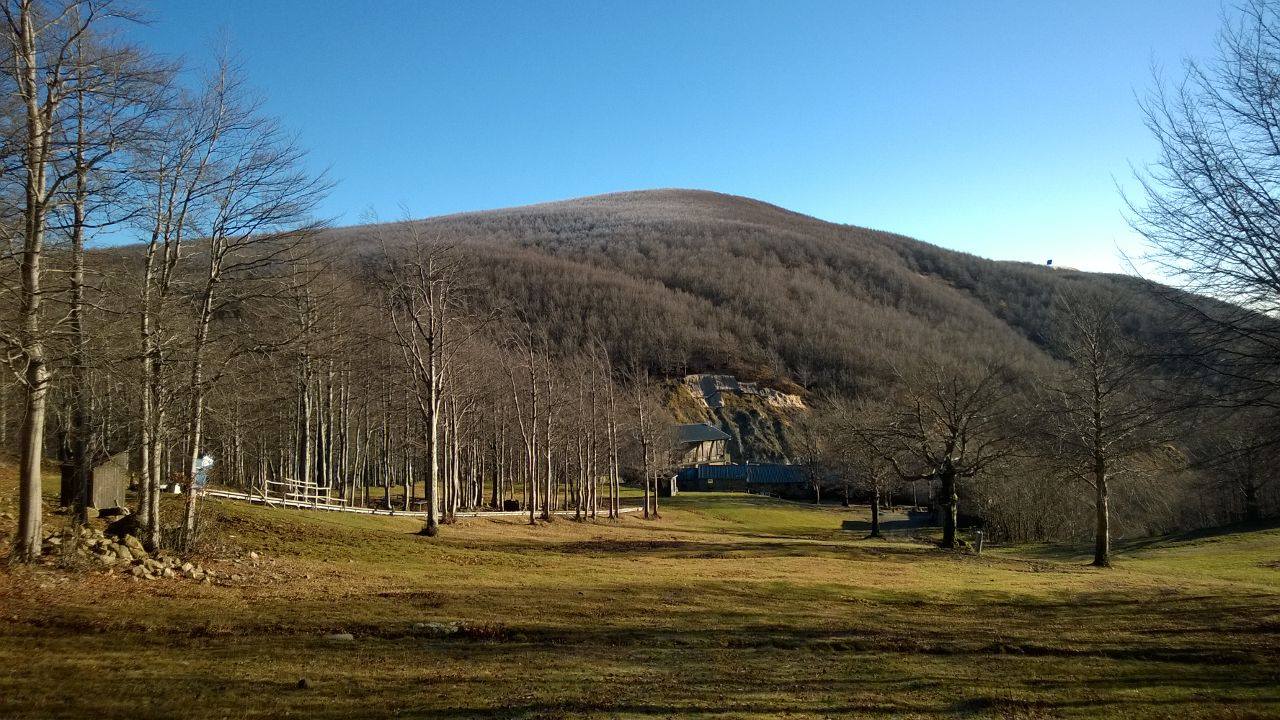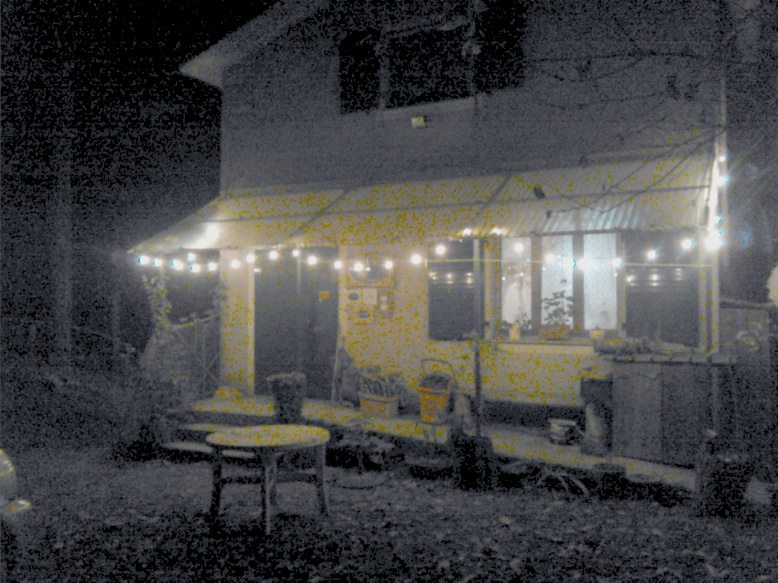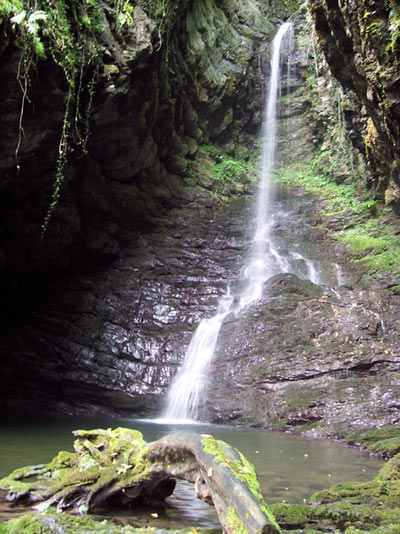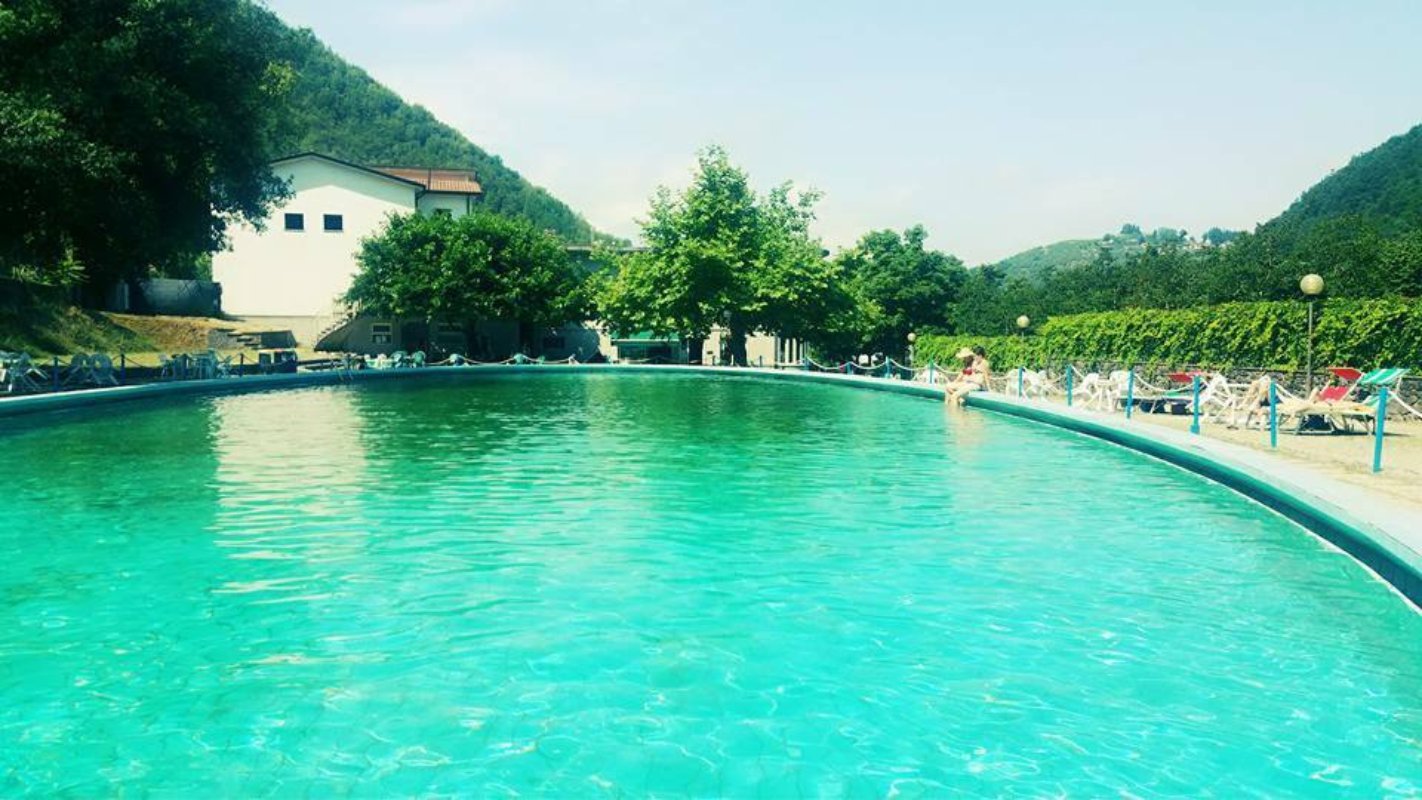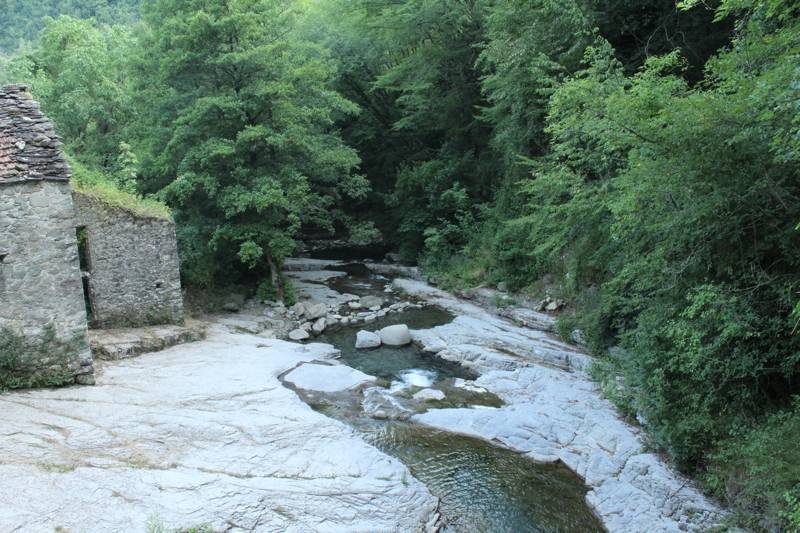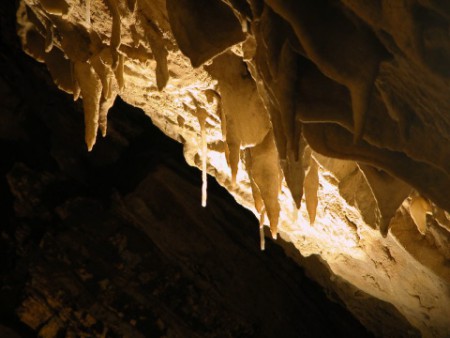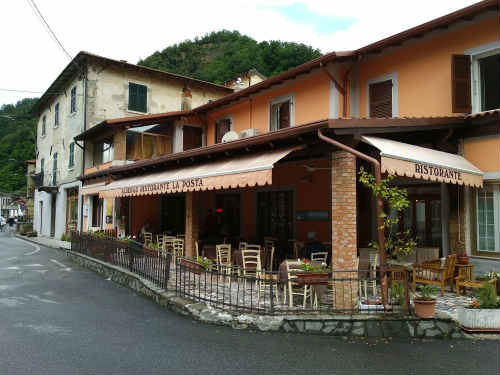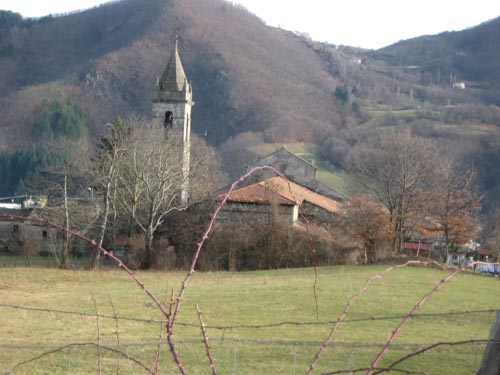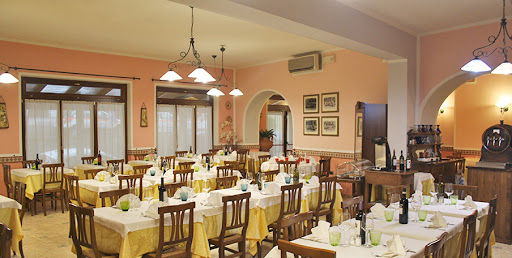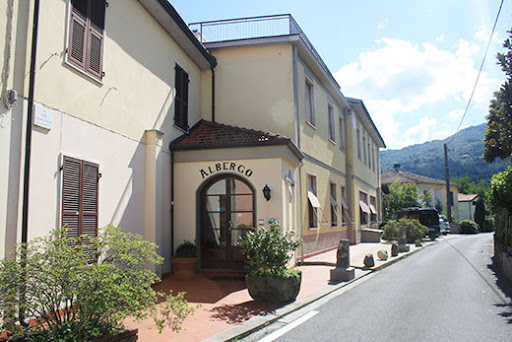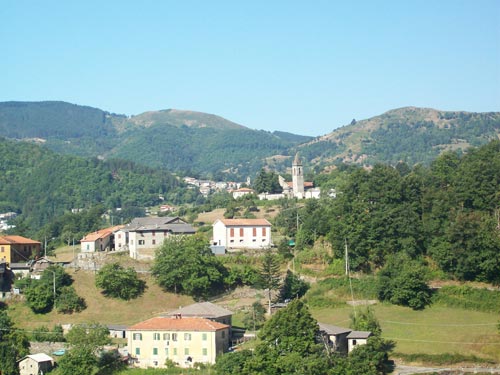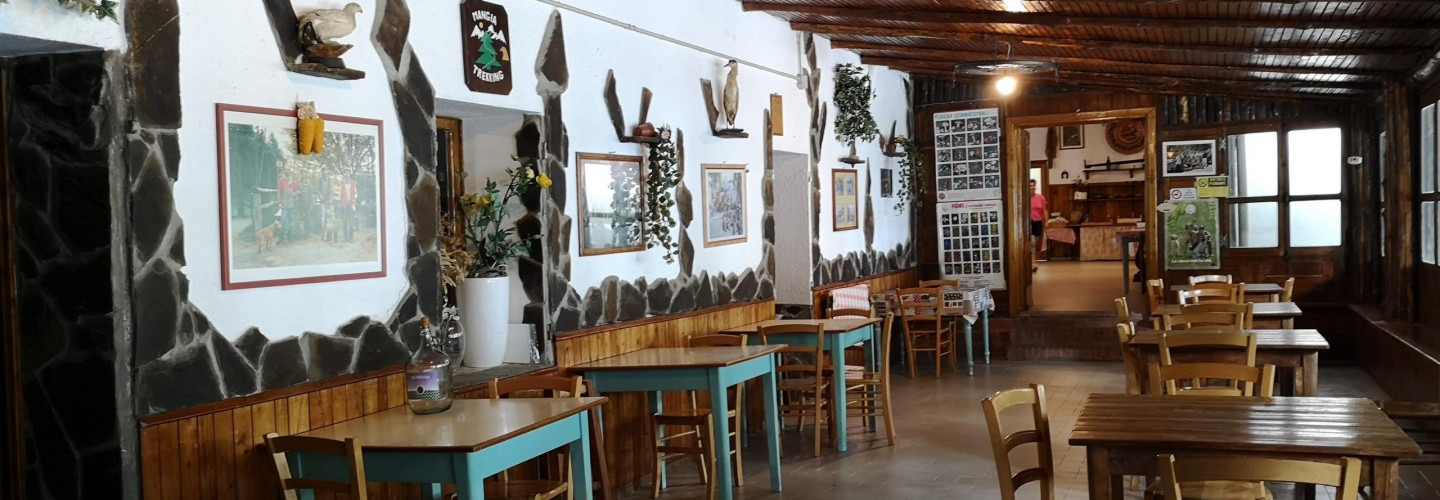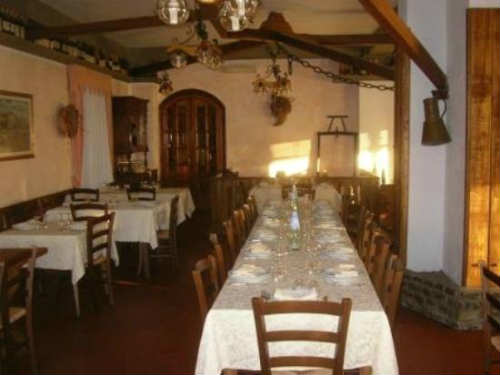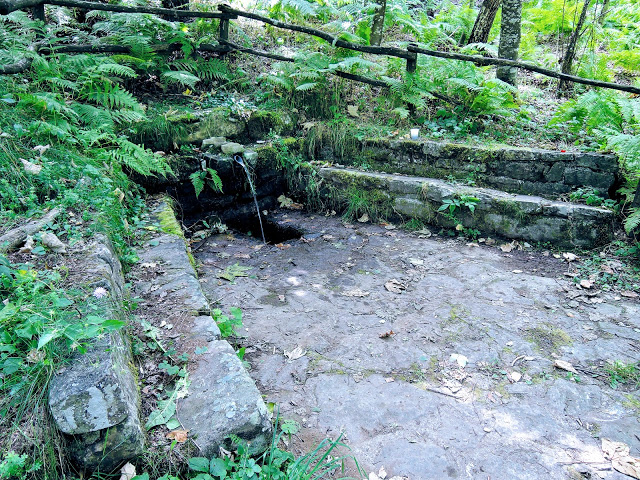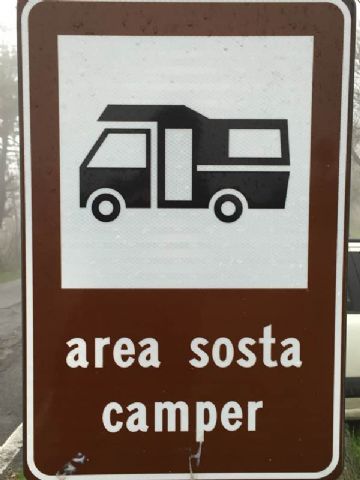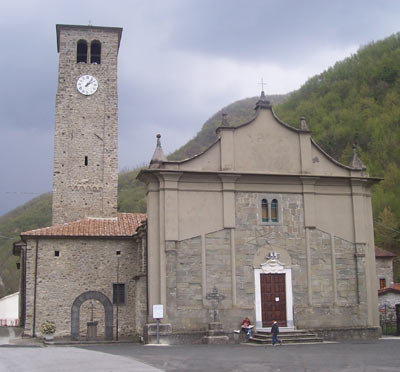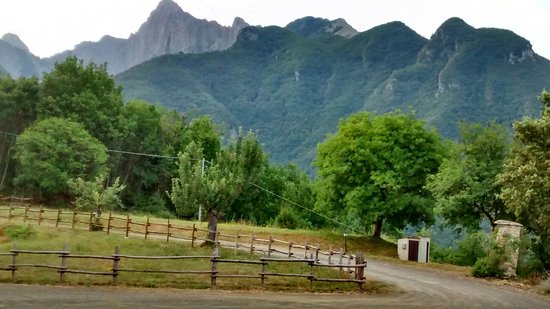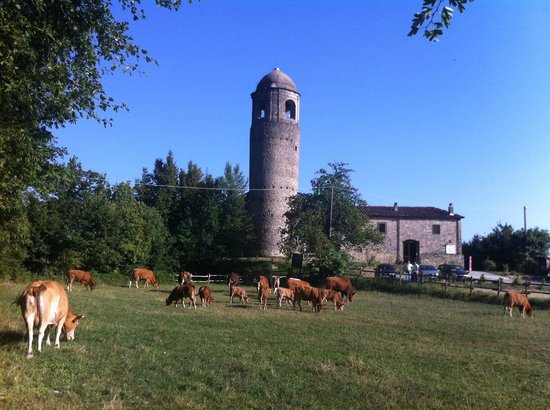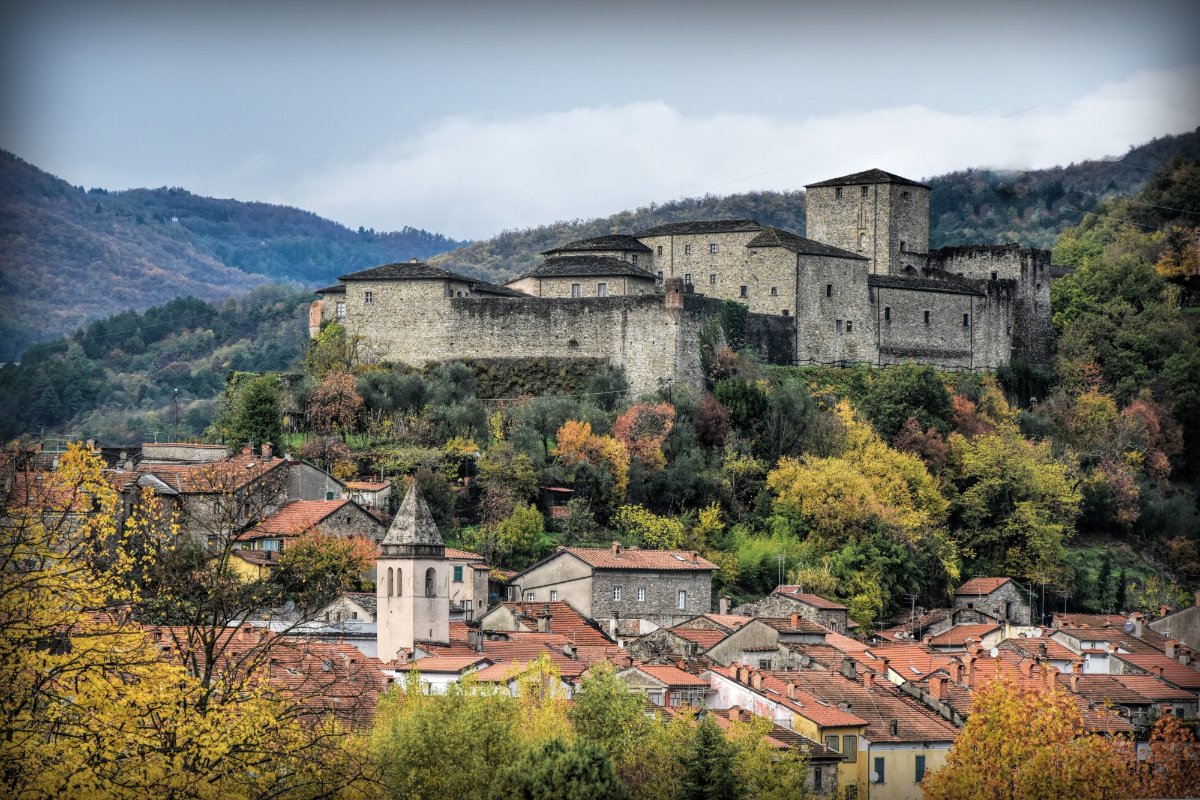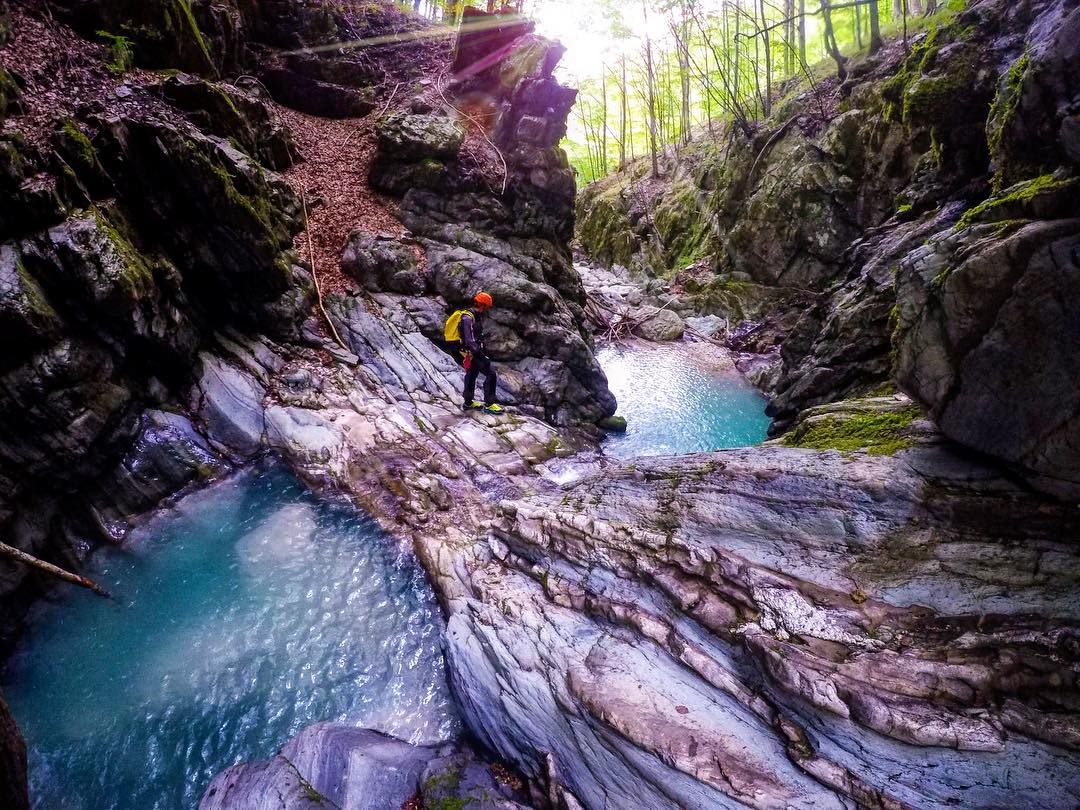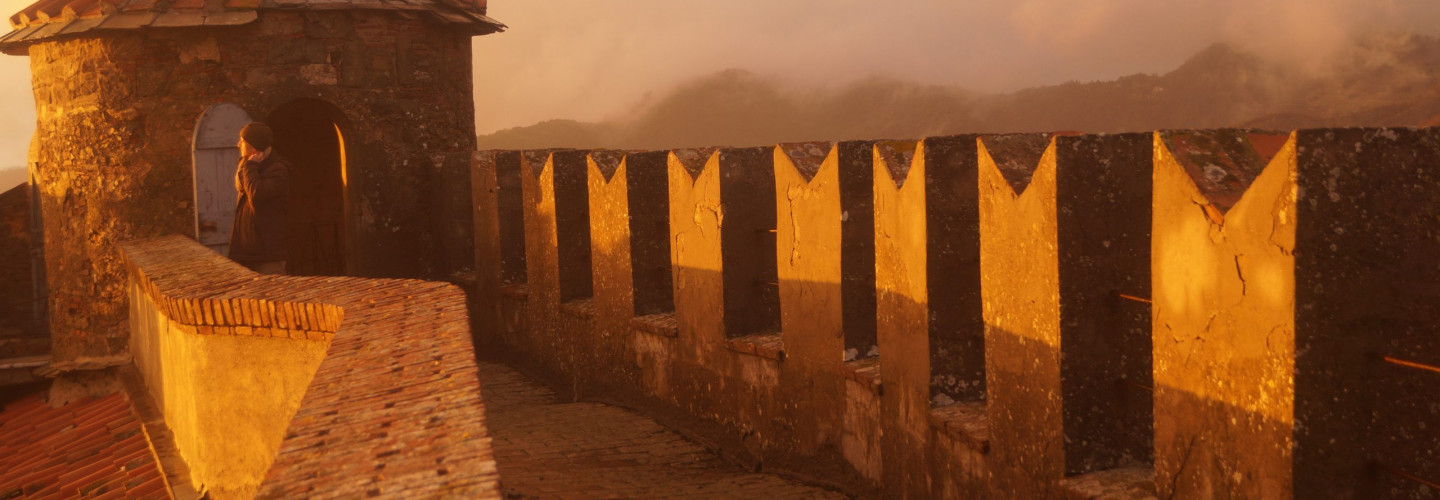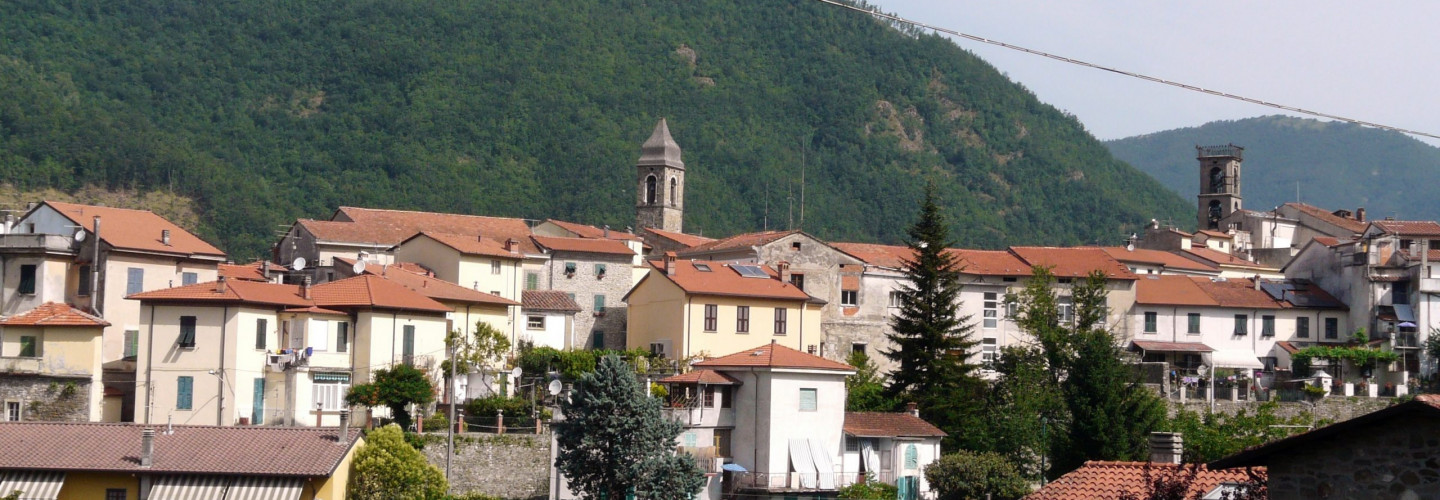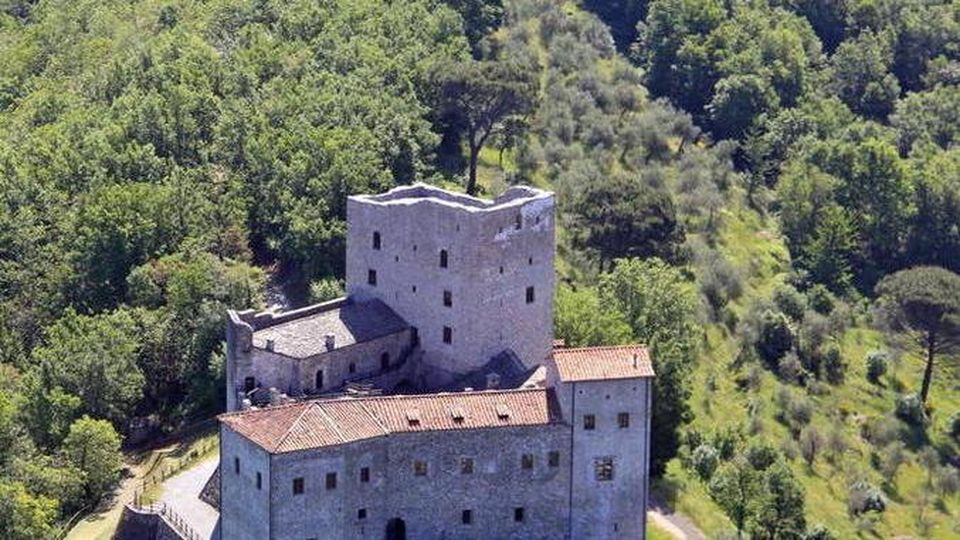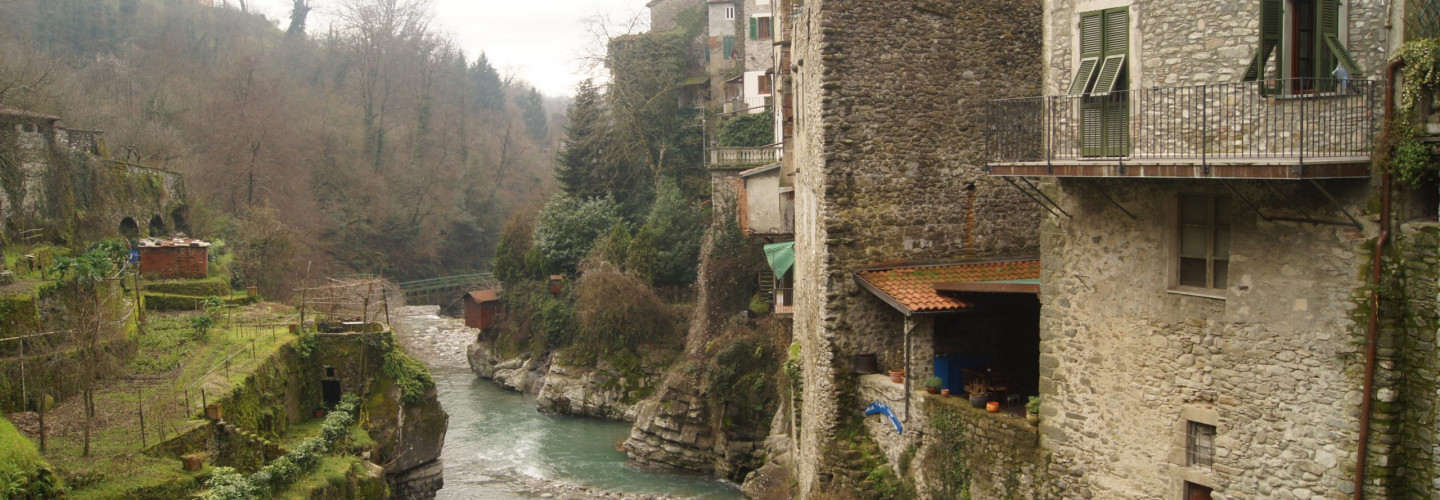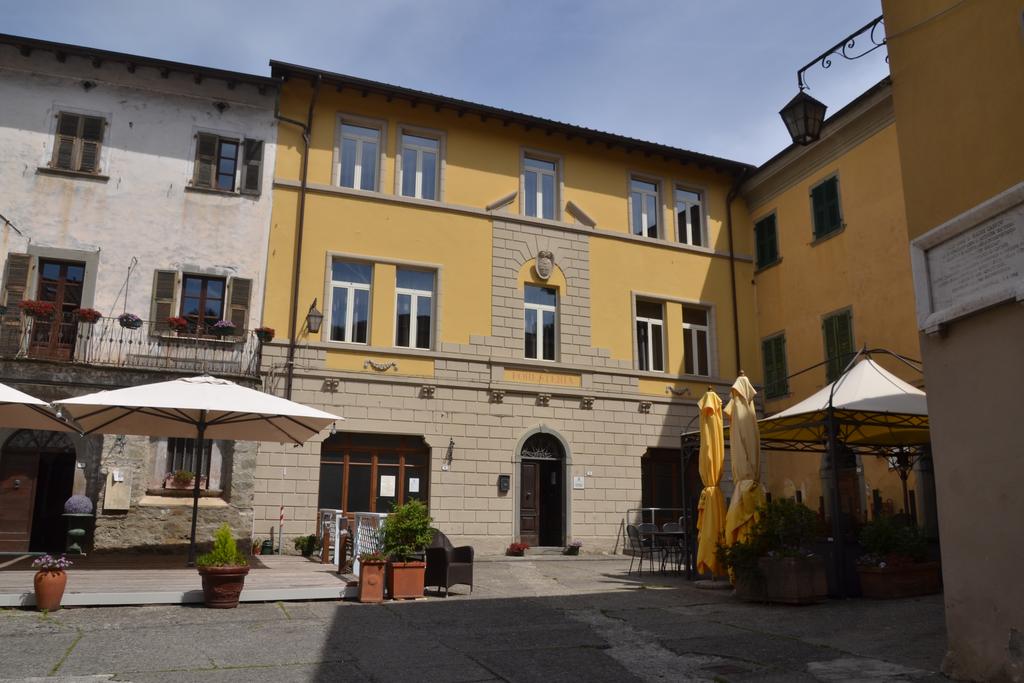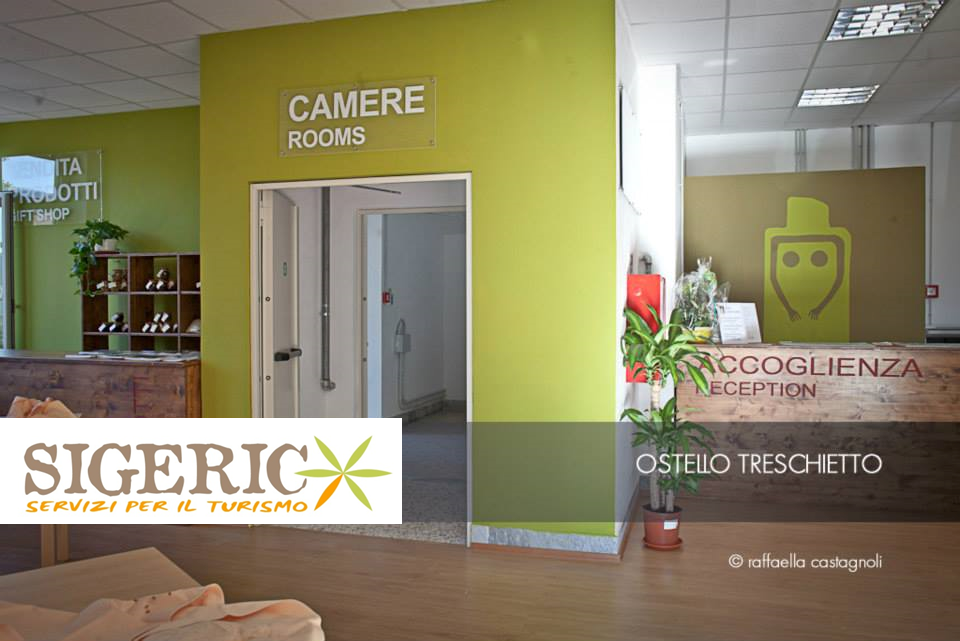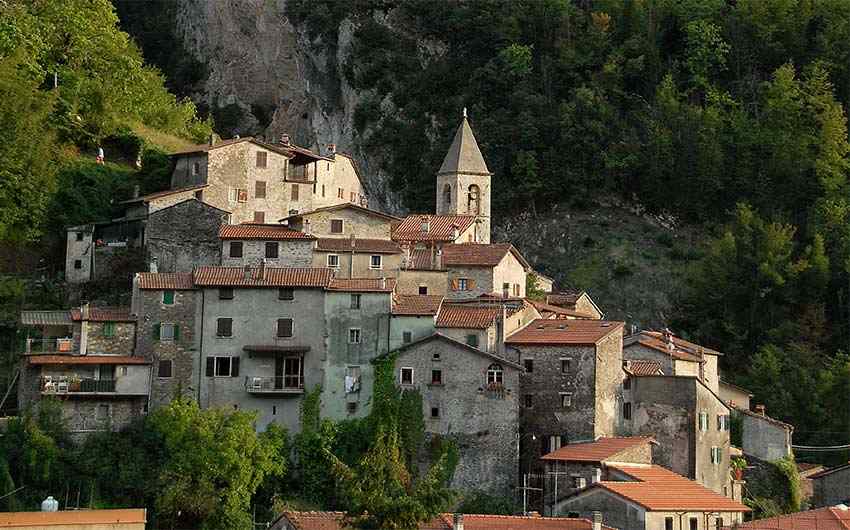Castello dell’Aquila belongs, and with great dignity, to that set of castles, fortified palaces, sightseeing towers that have made Lunigiana a unique territory of its kind. The castle overlooks from above the medieval village of Gragnola, located at the confluence between the Aulella and Lucido creeks. The origins of the fortified settlement on the hill are uncertain, probably related to the control of medieval transitions that reach Rome from the center of Europe, crossing at the road node of the village. According to some historians Gragnola would be Forum Clodi, a place reported in the oldest “European road atlas” that history remembers, known as Tabula Peutingeriana and dating back to the early Middle Ages.
The first fortified structure was perhaps built by ancient local nobles between the IX and the X century, the Bianchi d’Erberia. The castle and its fiefs passed to Spinetta II the Great during the period that coincided with his expansion in much of Eastern Lunigiana, or between 1327 and 1352, the date of his death.
Two are the dynasties of the Marquises named after Castel dell’Aquila, both from the Malaspinian branch of Fosdinovo: the first originated from Galeotto di Fosdinovo in the 14th century, the second began with Lazzaro, son of Antonio Alberico Marquis of Fosdinovo, whose descent extinguished in the first half of the seventeenth century. It is the twentieth century, however, the darkest century of the Castel dell’Aquila, damaged by the 1920 earthquake and years of neglect, abandoned after the last owners mined the tower, then detrimental, with dynamite. It took two years to free it from the brushwood, ten to bring it back to its original grandeur, thanks to an important restoration work done with passion from the current property.
